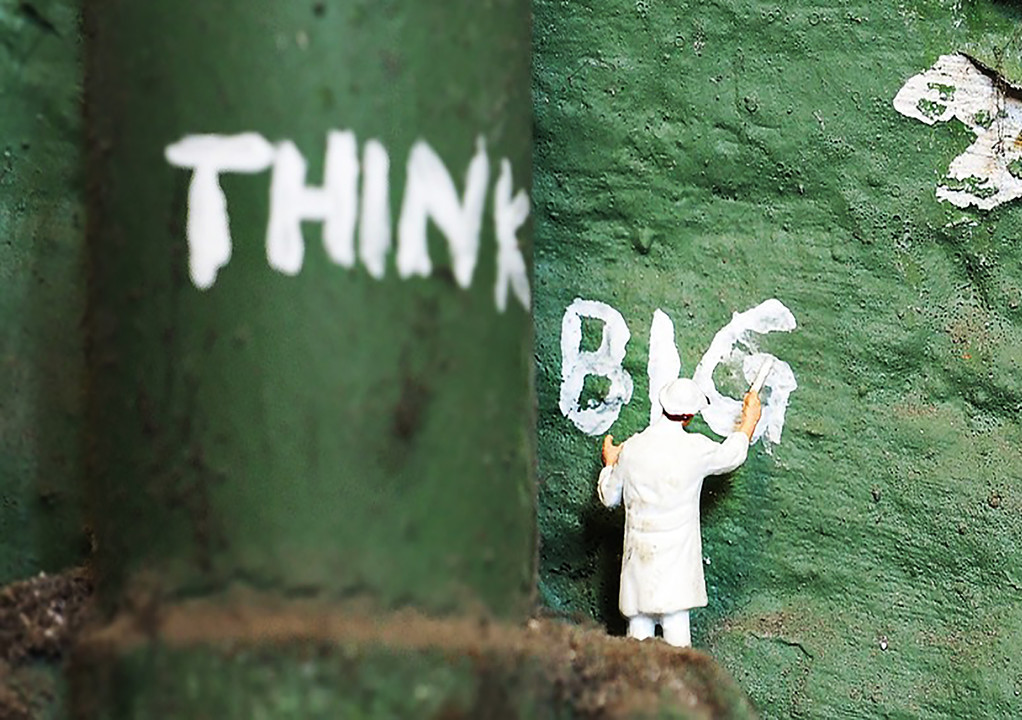Non-conscious influence has a significant effect on your customer’s behavior. Non-conscious influences are stimuli of which a customer is not aware. What’s more, these non-conscious influences exist in your Customer Experience even if you haven’t been deliberate about your design of them.
In our latest podcast, we defined some terms that describe the information that influences behavior, including:
- Subliminal: Something you sense but that your conscious mind did not register, meaning it is picked up by the subconscious mind. You are unaware that you saw it (or tasted it, or felt it, etc.) but your eye detected it (or tongue, or skin, etc.).
- Superliminal: Something you sense that you are aware of, meaning it is above the level of the subconscious mind. You are aware that you saw it (or tasted it or felt it).
Professor Daniel Kahneman defines our systems of thinking in his book Thinking Fast and Slow. Both are at work here with these subliminal and superliminal effects. The two systems are the fast and instinctual System One (or what I referred to in our book, The Intuitive Customer as the Intuitive System), and slower and methodical System Two (which we called the Rational System). Our Intuitive System takes in all the subliminal and superliminal information and culls it down to what is most important to you, kicking that up to the conscious mind. The Rational System lets it.
It’s a good thing the Intuitive System does this sorting for you. Otherwise, you would be overloaded with information. This way, your conscious mind gets what is essential information. For example, let’s say you were listening to a person tell you something at a party. You are concentrating on what the person is saying, despite the background noise. Then, someone in another conversation at the party says your name. Your Intuitive System would pick up on that, too, and deliver that up to your consciousness. It would skip, however, your neighboring party-goer’s account of where they had to park at the grocery store today.
Subliminal Advertising is a Non-Conscious Non-Starter
Have you ever heard the story about how in 1957 researcher, James Vicary, added subliminal advertising into a movie about eating and drinking concessions and it causes snack sales to soar? Well, that never happened. Vicary made it up. Despite these inauspicious beginnings to its study, subliminal advertising remains a thing even to this day.
Subliminal advertising is fun, and it does have an effect on people, but subliminal advertising is not something upon which you can build a customer relationship. From a marketing perspective, this area is a minefield. People don’t like to be influenced by subliminal advertising, so using it can have detrimental effects on a brand. Moreover, fooling people with trickery does not set a solid foundation for a relationship. What subliminal advertising is best for is an icebreaker story at a party when someone asks you about what you do, which is, if nothing else, infinitely better than a story about a parking space!
Why Non-Conscious Influence is Significant to Customer Experience
Subliminal advertising is good for one thing Customer-Experience related. It proves that little things mean a lot, especially to customers. When you figure out what those little things are, then you have a substantial chance of recruiting them to your experience.
As L.T. on The Simpsons says, it’s a 3-pronged attack:
You can use words and marketing position about your product and service that are influential on someone. It doesn’t have to be any one thing. It could be a banner that says, “We are the cheapest!” (superliminal). However, it could also be the use of words like, ‘affordable’, ‘savings’, and ‘reduction in price’ along with supporting specific images that influence people to think that your product has a high value (subliminal).
The things that influence people are subtle. It can be the words and images you use in your advertising. It can be the environment people encounter at your location. It can be the way your people stand or what they do with their hands when they talk to customers. All of these things influence what people think about your Customer Experience. It’s up to you to manage all of these little things.
Much of what makes these non-conscious influences work together for Customer Experience is consistency. It starts by defining what Customer Experience you want to deliver. Then, communicating that throughout your organization so that everyone is on the same page. Next, you decide how you can deliver this message in every detail of your Customer Experience, even the non-conscious ones.
When you give a consistent message with all the little things you do and say, it sends your customers the non-conscious message that you mean what you say. It also tells them that you know what you are doing and you can be trusted to deliver on your brand promise. Best of all, it does all this in a three-pronged attack that that uses the two systems of thinking to deliver the one true Customer Experience you wanted.
Follow Colin Shaw on Twitter @ColinShaw_CX


